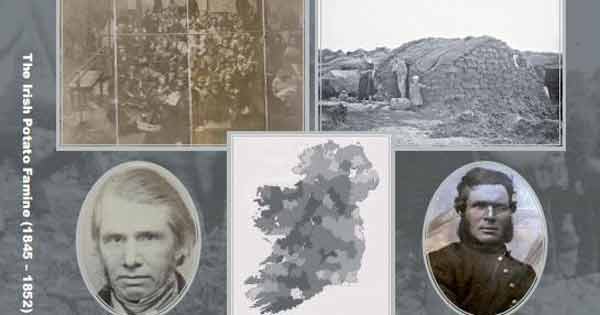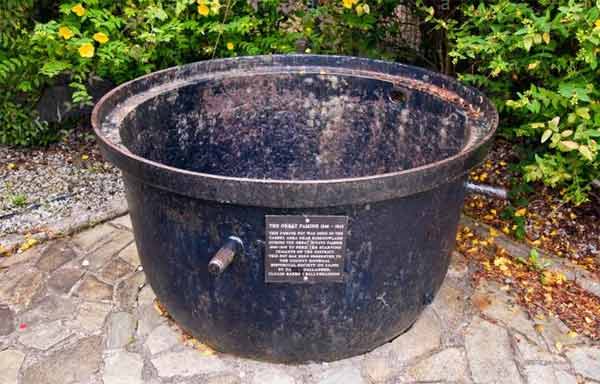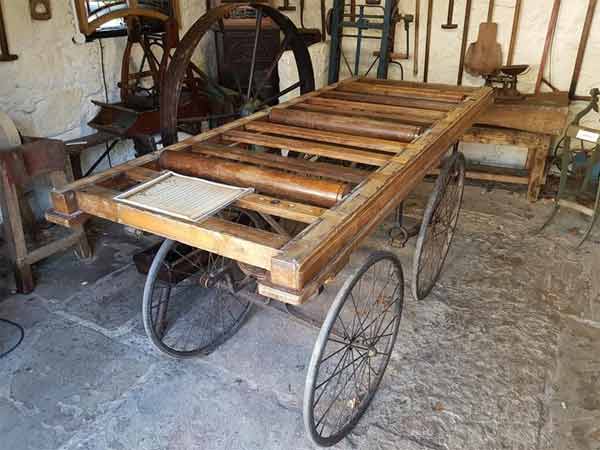The Irish Famine Museum tells the harrowing story of the most tragic chapter in Ireland’s history.
Millions of people starved and died between the years 1845 and 1852 and millions more emigrated following successive years of failed potato crops. Ireland’s population has never recovered.

To make things even harder to bare, food was been shipped out of Ireland daily as British politicians felt it was more important to keep the economy in good health than provide help to Ireland’s starving population – who were still British citizens at the time.
The Irish Famine Museum/Exhibition features 19th century photographs, witness accounts, contemporary sketches and displays with provide statistical information and maps.
One of the chilling artefacts on display in the museum is a famine pot, which were used to make soup. During the summer of 1847.
Only 600 pots were provided by the government, with hundreds more coming from the Quakers and the US. Around three million Irish people relied on soup made from these pots.

Another artefact is an original 19th century coffin carrier. This would have been used to carry the bodies of people who had died in the workhouse to their final resting place.
It was such a desperate time that sometimes workhouses would use re-usable coffins that had a hinged door underneath. After a burial had taken place, the coffin would be lifted up, leaving the body behind and taken back to the workhouse to collect the next victim.

Tourists are advised to allow around 45 minutes to an hour to make the most of their visit and can purchase a DVD of the exhibition either on site or via the website.
The museum is located at the Stephens Green Shopping Centre.
For more information visit the Irish Famine Museum website